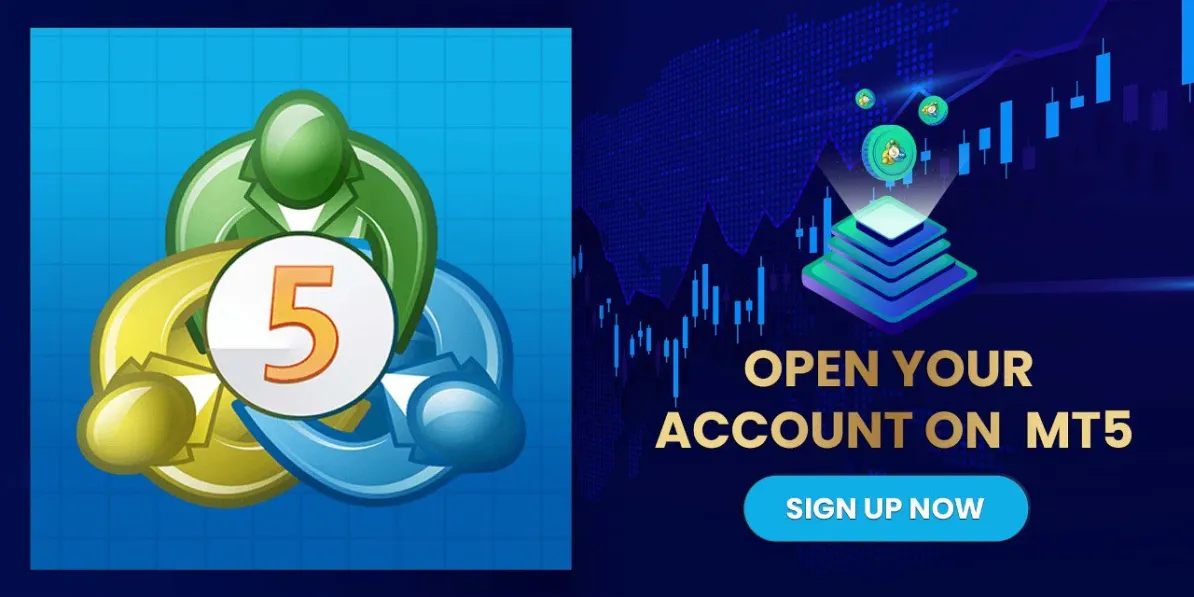
CFDs trading, known as the foreign exchange market, is a bustling global enterprise where trillions are invested daily. But what’s the big deal about it? This article breaks it down for you.
The Basics of CFDs Trading
CFDs, short for Contract For Difference, is the world’s largest trading market with unmatched liquidity. Unlike tangible currency exchanges/Spot Commodities/Cryptocurrencies, the CFDs market thrives on intangible value and trades.
In this realm, assets are traded in pairs. Each pair has exchange rates that determine trade positions. The most traded asset pairs include EUR/USD, USD/JPY, GBP/USD, XAUUSD and XAGUSD. For newcomers, focusing on one or two pairs is recommended.
Many factors influence the CFDs market, including economic stability, inflation rates, interest rates, public debt, current account deficits, and political stability.
Unique features of the CFDs market include:
Decentralization: No central marketplace exists.
24/7 Operations: The market never sleeps, with major trading centers in Australia, Europe, Tokyo, Hong Kong, and Singapore. Cryptocurrency market is a 24/7 market.
Leverage: Investors can amplify their investment.
Liquidity: Assets can be quickly bought or sold without drastic price changes.
Strategies to Win in CFDs Trading
1. Day Trading: This involves buying and selling financial instruments within the same day. Two popular day trading strategies are:
- Scalping: This is about making hundreds of small trades daily. Gains are small, but risks are reduced.(Not recommended for beginners)
- Trend Trading: Buy when the trend is upwards and sell when it’s downwards.
2. Mean Reversion: This theory suggests that prices will revert to an average over time.
3. News Trading: Place trades in response to global economic data releases and geopolitical events.
4. Swing Trading: This speculative strategy focuses on capturing gains by analyzing an asset’s momentum.
5. Breakout Trading: Entering the market when the price moves outside a defined price range.
6. Technical Indicators: These are pattern based signals produced by price, volume, or open interest of a security. Popular indicators include MACD (Moving Average Convergence Divergence), Moving Average, Relative Strength Index, and Stochastic Oscillator.
Top 10 Trading Tips for Aspiring CFD Traders
1. Research: Understand the mechanics of trading.
2. Stay Realistic: Approach trading with seriousness.
3. Plan Your Trades: Outline strategies, operations, and procedures.
4. Pick a Trading Style: Be it day trading, swing trading, or scalping.
5. Avoid Overtrading: Manage time efficiently.
6. Accept Responsibility: Be prepared for losses and learn from mistakes.
7. Manage Risks: Understand the risks and handle them.
8. Daily Chart Focus: They offer clear market insights.
9. Control Emotions: Stay calm and disciplined.
10. Persistence: Keep the enthusiasm and self belief alive.
Getting Started with CFDs Trading
1. Educate Yourself: Use resources like videos, ebooks, blog posts, and webinars.
2. Open a Trading Account: Choose an account that suits your profile.
3. Fund Your Account: Use secure payment options.
4. Choose a Strategy: Pick a strategy that matches your personality.
5. Start Trading: Determine your preferred type of order, position size, and more.
6. Close Position: Close your trade once you’ve reached your target.
Why Trade CFDs?
CFDs trading is preferred because of its volatility, offering numerous profit making opportunities. Its regulated nature ensures market integrity, and risks are manageable with proper knowledge. Moreover, with advancements in technology, CFDs trading is becoming more convenient and efficient.
HighRisk Warning: Remember, all trading involves risks. It’s essential to understand how things work and if you’re prepared for potential losses.
Glossary
To wrap up, here’s a quick glossary of some essential terms in CFDs trading:
Appreciation: An asset’s price increases.
Ask Price: The price at which the market is ready to sell a specific asset.
Bid Price: The price at which the market will buy a specific asset.
Base Currency: The first currency of a pair.
Leverage: Amplifying investment using borrowed funds.
Liquidity: The ability to quickly buy or sell assets.
Pip: Measures the change in values between two currencies.
Spread: The difference between bid and offer prices.
Volatility: Price changes in a short period.
Join Finsai(Hyperlink to my.finsaitrade.com) and start your trading journey.
Happy trading!

